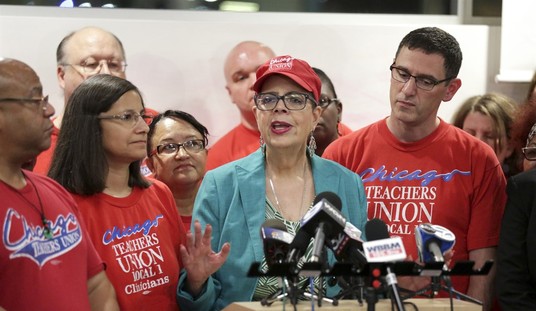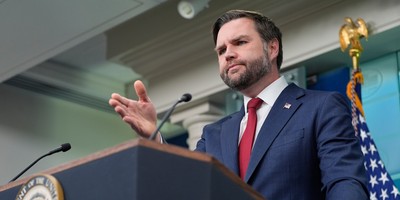HILLSBORO, Ohio – From the two-lane Simon Kenton Bridge at the Kentucky border to the steep curves past farms and river towns, U.S. Route 62 reminds you that Ohio is a battleground.
Since the pioneering days of Kenton and his friend, Daniel Boone, and Ohio’s bloodless war with Michigan over a poorly drawn border, someone has always wanted to claim the state.
Today, it’s her electoral votes.
“We matter … as much as we did the day my great-grandfather scouted what was then the Far West,” said Jay Noble of Norwood, a fifth-generation descendent of the legendary Kenton.
Ohio has been one of the nation’s important swing states since 1900; Buckeyes have gone with the presidential winner in 26 of 28 elections.
That’s why President Obama campaigned there twice in two weeks, including a visit late last week 63 miles up the road from here at the Brent Spence Bridge connecting Ohio and Kentucky. There he rallied support for government infrastructure spending as part of his American Jobs Act, the soul of his re-election campaign.
The White House denied the location was politically motivated, despite being the backyard of House Speaker John Boehner, R-Ohio, and the home state of Senate Majority Leader Mitch McConnell, R-Ky.
Two years ago, Hillsboro happened to be “shovel ready” for wastewater treatment plant upgrades when the first stimulus money was available through the American Recovery and Reinvestment Act, town mayor Richard Zink says.
The project created only a few jobs, he said, but did significantly reduce the cost residents had to pay for the much-needed project.
Zink, a retired manufacturing supervisor, has been mayor since 2004; he ran first as an independent and, since then, as a Democrat. The county has a staggering 13.2 percent unemployment rate and manufacturers have left, one after another, he said.
Recommended
“I don't know how much impact the president’s newest jobs bill will have on our county or our city,” he said. “You listen to him and then you listen to the (House) speaker, and you don't know who to believe.”
“Ohio is such an important swing state because it is so reflective of the nation as a whole, with its combination of large rural areas and big cities,” said Kyle Kondik, a political science analyst at the University of Virginia and a native Buckeye.
Unlike Pennsylvania, which went for Democrats in the past five presidential elections, Ohio supported Democrat Bill Clinton twice, Republican George W. Bush twice, and Obama once.
“The president is undoubtedly focusing a lot of attention on Ohio because it is so important to the electoral map,” said Kondik. “Although there are scenarios in which Obama can win next year without Ohio, it’s harder to imagine scenarios where Obama wins if he loses Pennsylvania.
“It’s also hard to imagine Ohio going blue (Democrat) in a year Pennsylvania goes red (Republican) – so if Obama starts spending a ton of time in Pennsylvania but not in Ohio, I think it’s fair to say that Ohio has moved out of his grasp,” he explained.
Forty miles southwest on U.S. 62 – the only east-west route connecting Canada with Mexico – Gary Hunt, principal chief of the Piqua Shawnee tribe, leaned against a trading post built by Kenton in 1754 in Washington, Ky.
Kenton fought the Shawnee, was captured and forced to run an Indian gauntlet, then adopted by the Indians before escaping from them, Hunt recounted.
“It was a brutal time,” he said. “But maybe if people focused on the history of this country, they would understand that while sometimes we begin as (opposing) forces … eventually we find ways to come together.”
The mood of voters is particularly unsettled in the Buckeye state, according to Miami of Ohio University political scientist Chris Kelley: “It is decidedly unfriendly towards incumbents. Jobs and the economy are number one here in Ohio.”
Hillsboro’s Mayor Zink has never won election by more than 300 votes; he has beaten both Democrats and Republicans for the part-time office that he appears to conduct full-time.
“Unsettled and uncertain are how people feel,” he says of fellow Ohioans.
Driving out of his town past the wastewater treatment plant, a shiny but outdated Recovery Act stimulus sign touting job-creation marks the spot where fewer than ten jobs were created.

























Join the conversation as a VIP Member